Have you ever opened up a photography magazine, saw a photo you liked and spotted the little blurb which reveals the camera settings?
The conclusion you might be tempted to make is that the aperture, focal length, shutter speed, ISO and flash settings you see there somehow “made” that photo.
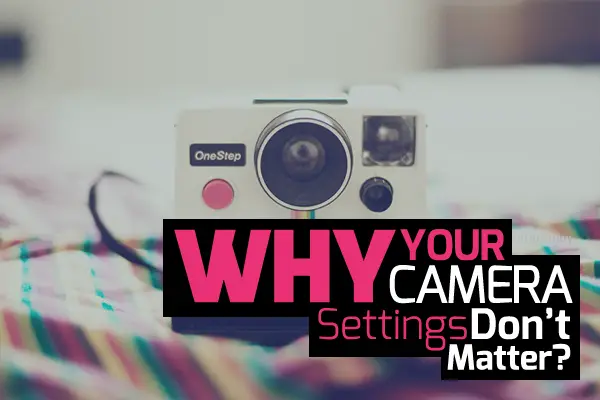
And worse, you might try to remember those settings as “the right settings” to use the next time you want to take an environmental group portrait of a family “because I once saw a similar photo with those settings and I really liked it”.
Don’t get me wrong.
You need to pay attention to those settings and know how they influence the photos you create. As long as you’re aware that there’s a host of other factors which are beyond the scope of those settings which are much more instrumental in the photo ending up looking a particular way.
And those are the things I’d encourage you pay attention to – not the camera settings.
What are some of those factors? Well, let me discuss the most important ones.
1. Lighting
Let’s take this photo as an example:
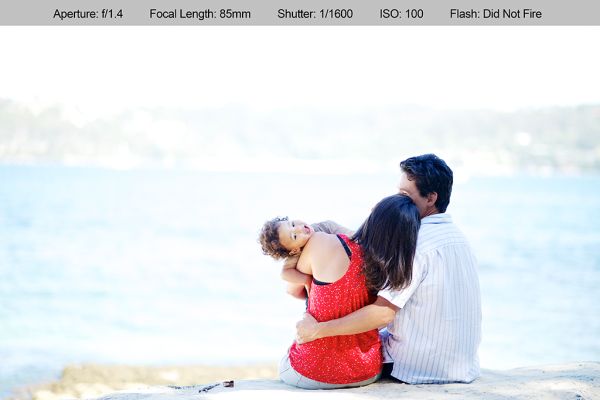
You don’t need camera stats to tell you if the flash fired or not. Look for catchlights in people’s eyes to see if there was a light source from the front.
In this photo, it’s obvious that even if flash did fire, its not something you need to preoccupy yourself with as the “creator” of the image – it would have been a fill or rim light at best.
Can you tell which way the Sun was hitting the subjects looking at people’s shadows and the light on boy’s face? (Hint: it’s a trick question – do you think you know the correct answer? Post it as a comment below).
2. Composition
What makes a good composition? It’s an ability of a photo to ensure that a viewer’s eye stays on the photo.
Which means your goal as a photographer is to reduce the number of things which lead the viewer’s eye out of the photo. Simple, eh?
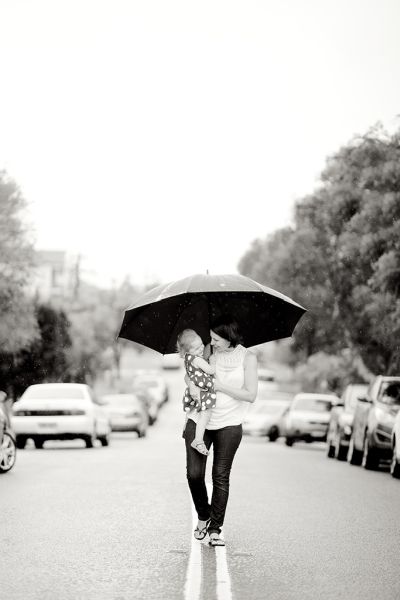
Notice how in this photo all lines converge on the subjects. It doesn’t matter if you look at the tree lines, the road marker and rows of parked cars – all of them will inevitably lead your eye to the subject.
And as soon as your eye drifts, it will hit another one of those lines which will – again – bring your back on to the subjects.
Additionally, the subjects’ lines of sight work well together as well. Mum is so focused on the daughter that any glimpse on her face brings the viewer’s eye back on to the daughter.
To finish it all off, they’re both framed by the umbrella which adds as a subconscious category marker – stuff under the umbrella is always important, right?
3. Connection
Have you ever had an amazing moment that you shared with another human being? I’m sure you have.
As I’ve explained, I find that the best photos are the ones which capture those pure, unguarded, real moments. And that’s something that camera settings will never help you with.
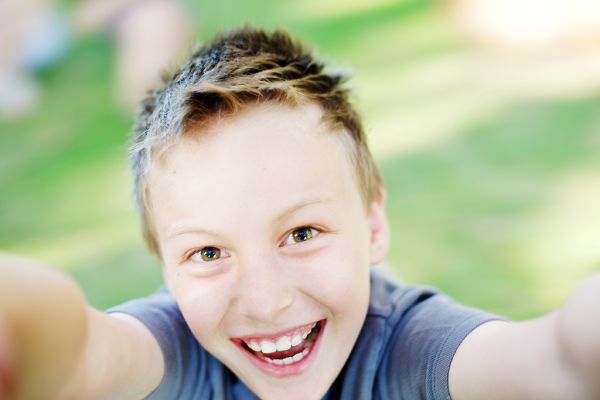
I wish I had a “behind the scenes” for you of how this photo was taken – we had so much fun! The boy is actually holding on to his Dad, who is sandwiched between me and the boy. Dad is spinning the boy around and I’m shooting over Dad’s shoulder and holding on to the Dad for dear life.
It took a few takes and more than once we all stacked it, laughing uncontrollably and suffering from severe headspin.
The look on the boy’s face is what makes the photo – you can just feel the fun he is having.
You could work out the aperture, shutter speed, etc, but those settings would be only useful if you wanted to improve creatively improve the photo.
Notice how there’s not much evidence that we’re in a horizontal spin? Perhaps you’d want to lengthen the shutter speed a little. And perhaps you’d want to use a wider lens to have more green background at the expense of distorting the boy’s face?
Those are great things to take use camera data for, as long as you remember that it was the moment we all had that makes the photos – all the other stuff is secondary.
4. Post-Production
Knowing how to spot evidence of retouching and post-production will help you understand what other photographers have done to overcome problems.
A problem that you’ll always be up against – especially if you shoot in broad daylight – is your camera’s dynamic range.
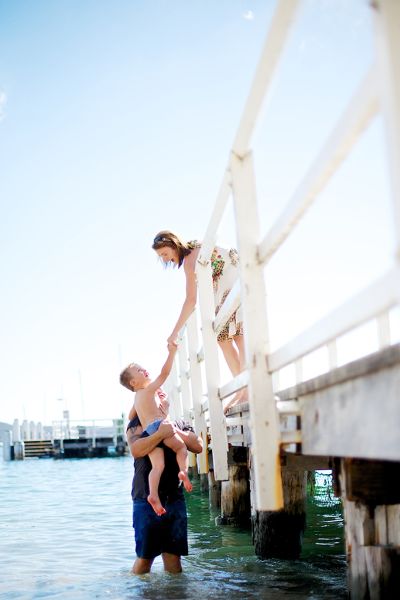
Notice here how I’m using the Sun to backlight / rim light the subjects?
Generally speaking, just by looking at this situation you can assume that the camera would not have had enough dynamic range to expose things the way you see in the photo – it would have either left the shadows much darker or blown the sky a lot more.
In other words, you can assume that some thought-through post-processing has taken place. But what exactly was changed?
Well, I ended up using Aperture to bring the exposure of the sky down just so that only a part of it is slightly over-exposed (I think that white band of overexposure also adds a subtle framing effect on the subjects) while opening up the shadows under the bridge a little.
What would you have done? Do you think the shadows are still too dense? Do you also wish you had a strobe under that bridge? And would you attempt HRD on this photo? Let me know in the comments below.









Love the article, thank you for the info! In the photo in number one it looks like the sun is coming from up and behind, but you’re using a reflector to light up the family?
Hey Samantha, almost! The family and the rock that they’re sitting on are in the shade (if the sun was actually hitting them, you’d see a lot more rim) and all that nearly blown background you see is late morning sun. Thanks for playing 🙂
Easy, they are in the shade. You can see them sitting in a shadow of something else, and the light on them is very well balanced, where the light out in the rest of the scene is bright, telling us that the sun is full out there.
Nice one – you’re spot on. The Sun was still rising over the cliff behind us and created this cool scenario with two distinctive light qualities. During post I was toying with the idea of keeping exposure of the background more tame, but in the end I really liked that slightly overexposed, semi-washed dreamy vista that they seem to be looking into.
great post! I like it )